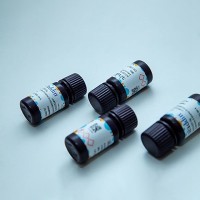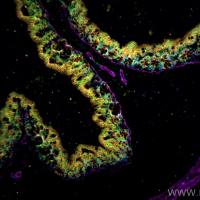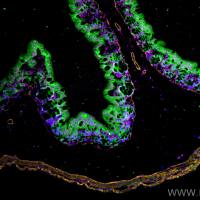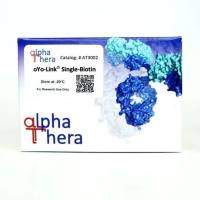Primed In Situ Labeling
互联网
569
Prins (Primed in situ labeling) produces the same type of result as FISH; namely a hybridization dependant staining of specific DNA sequences in cell and tissue preparations. However, the staining is obtained differently, as the probe used in PRINS is unlabeled and staining results from the synthesis of labeled DNA at sites binding the probe. To obtain this site specific DNA synthesis, the probe is hybridized in the presence of a primer-dependant DNA polymerase that can synthesize DNA from the 3′-end of the probe (primer) as it hybridizes, as well as labeled nucleotides serving as substrates for the DNA synthesis. The main advantages of the PRINS design are faster and cheaper detection of target sequences with probes that penetrate well (see Note 1 ), probes are readily available from any oligonucleotide synthesis facility, and can be designed to suit the purpose. The disadvantages are that PRINS requires a better quality of the specimen and better incubators than the more rough FISH technique (see Notes 2 –4 ), fewer optimized probes are commercially available, and multiple single copy targets can not be detected simultaneously. An international PRINS working group has been established, and there is a website at http://www.icg-prins.org . A list of tested primer sequences will be published on that site. However, with the lack of commercial interest in the PRINS technique, these are not likely to be taken through official governmental approval procedures, which may limit the diagnostic use in some parts of the world.









